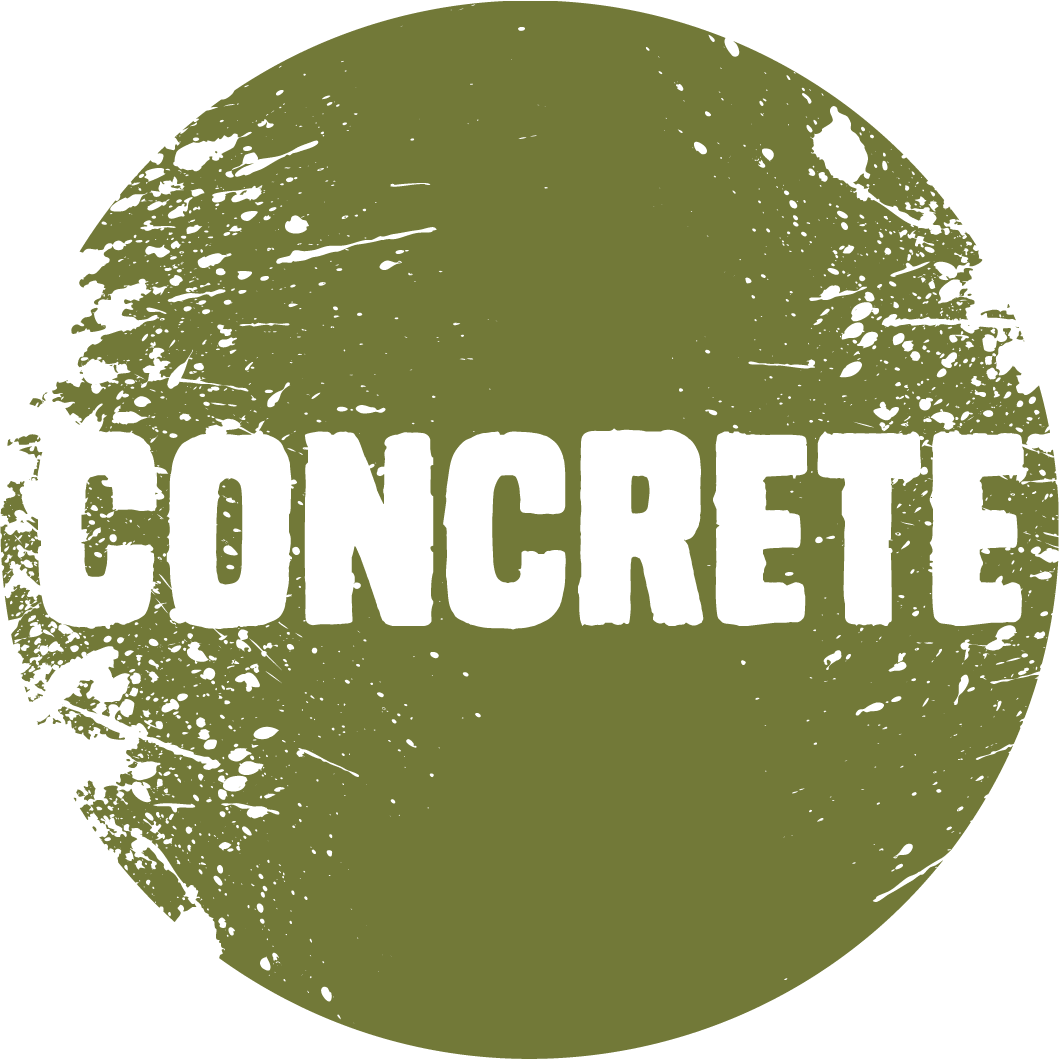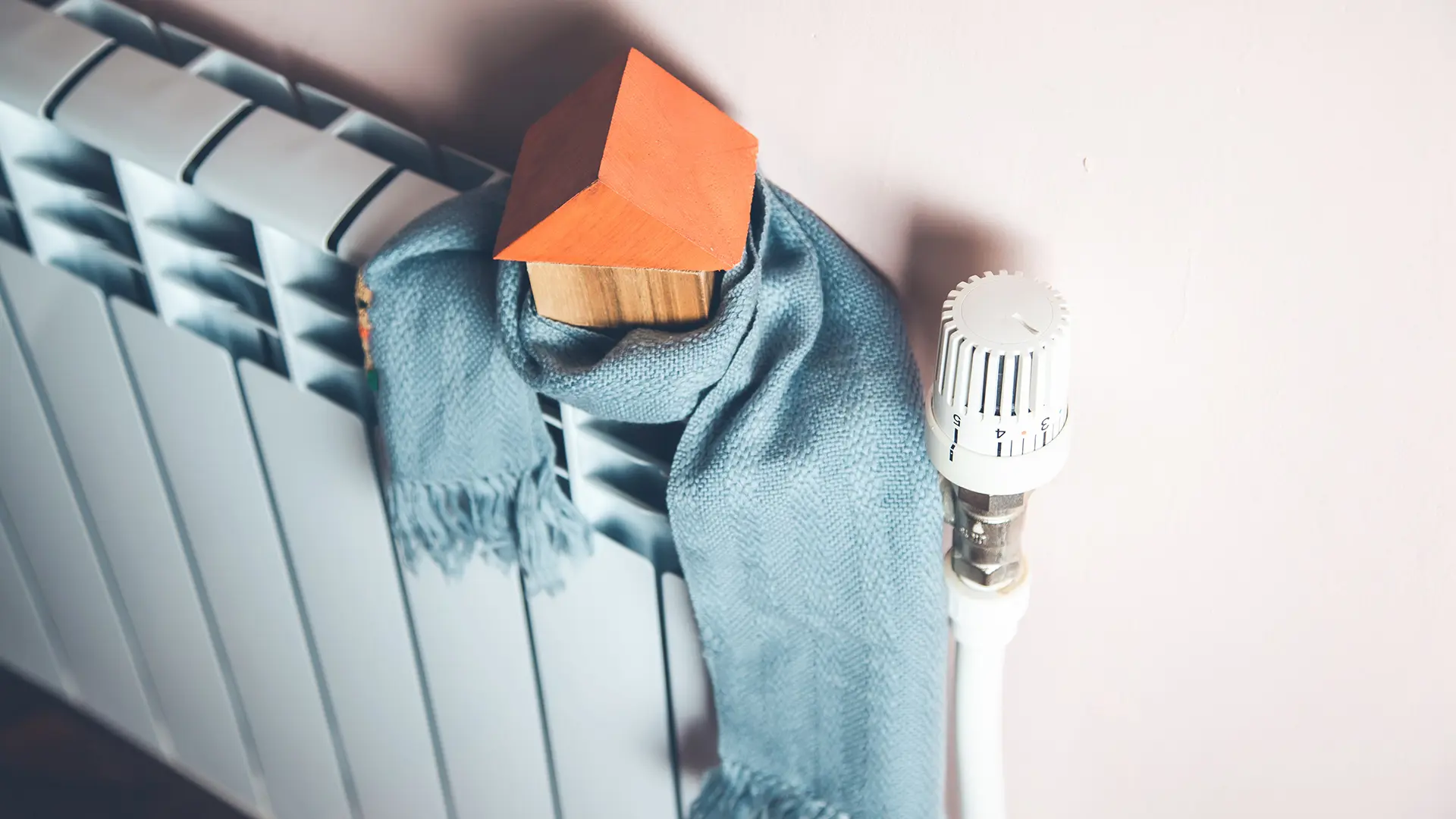Important safety advice
Following the introduction of Awaab’s Law on 27 October 2025, all social landlords are now legally required to investigate and fix damp and mould within strict timeframes. We’ve built these requirements into our service so that when you report a problem, you can expect action. Your safety and wellbeing aren’t just our priority, they’re our legal duty.
Take a look below, at our dedicated response to damp and mould in line with Awaab's Law.

We have a dedicated team
Our dedicated Damp and Mould Team is here to help you get things sorted quickly and safely. When you contact us, they’ll listen to your concerns, assess what’s needed, and arrange for one of our specialist surveyors to visit your home. We’ll then work with you to find a solution that suits you, your home, and your personal situation.

Find out more about Awaab's Law
here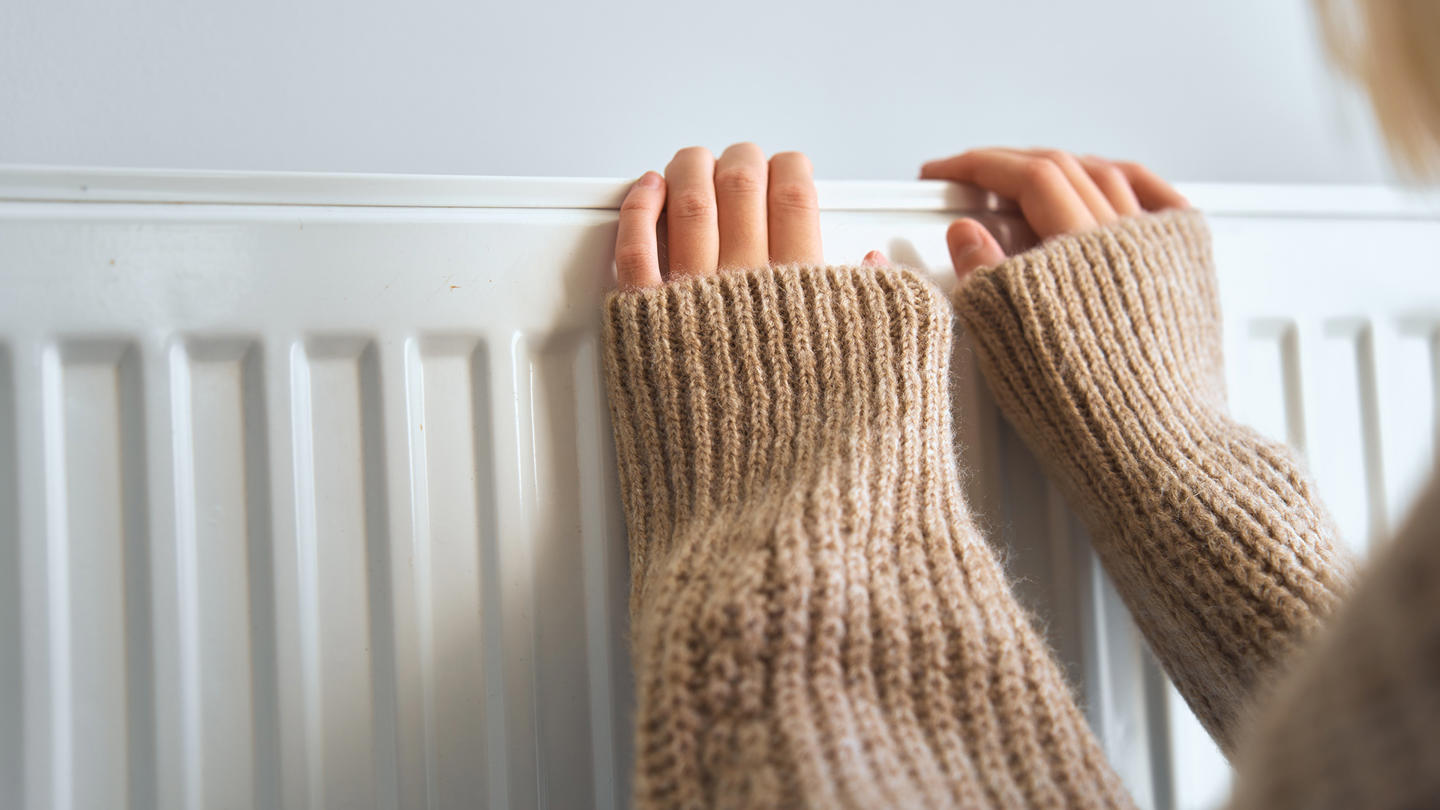
Watch our approach to damp and mould explained in just 90 seconds →
Our approach explained...
We know that your home's age, type, features and household may increase the risk of damp and mould. That's why we will tailor solutions for each home and keep a closer eye on those homes more likely to develop damp problems.
We are committed to managing and resolving all damp and mould issues in a kind, compassionate and knowledgeable way. When you get in touch, we promise:
- We will always be open-minded when dealing with reports of damp and mould
- We will not provide generalised solutions, we know that condensation is caused by many different reasons depending on your property, household members and how you use your home.
- We recognise the impact of increased fuel prices and will provide support where possible.
- We will improve damp and condensation training for all staff.
- We will consider whole property improvements.
- We will make sure severe cases of mould growth are removed by trained professionals.
- We will monitor humidity levels where needed and make sure it’s recorded.
- We will complete a post inspection within six weeks of providing a solution or repair to make sure it's working as it should.
FAQs
The most common cause is a cold home but it could be due to your property age, the type of property (for example a terraced home), home features like a balcony or building issues.
If you find damp, we will investigate to find the cause and the right solution for your home.
Most residents report their concerns directly to the Customer Services team but we will also take a proactive approach to identifying damp and mould such as:
- Property services team inspections of properties
- Contractor referrals
- Stock condition surveys
- Tenancy management visits from housing management staff
- Complaints made by residents or their advocates.
Condensation is water that collects as droplets on a cold surface when warm or humid air comes into contact with it. It can happen when cooking, cleaning, bathing and even breathing. It forms on the coldest surfaces in a room first like windows, the corners of a room or on external walls. It happens during cold weather in both wet and dry conditions. It’s not usually a problem as long as the surface has time to dry out each day.
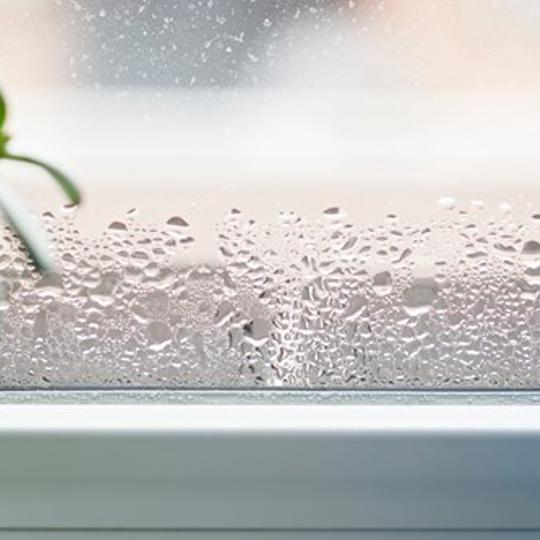
Damp forms when moisture collects on surfaces but doesn’t have time to dry out. It’s very common and is nearly always caused by condensation. It builds up in areas where there is little air ventilation.
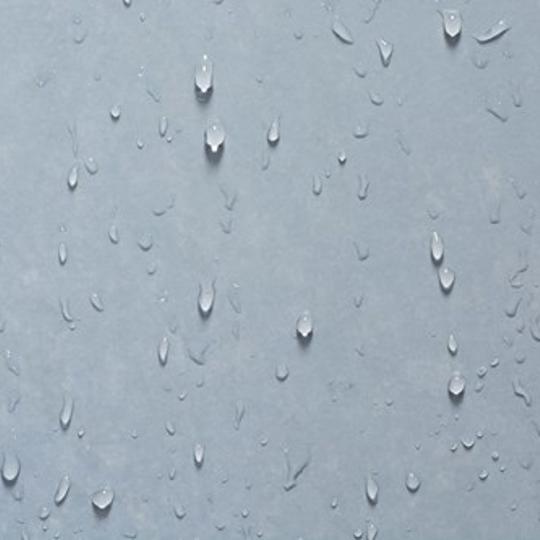
Mould usually appears as black dots, and it can grow and multiply. It needs moisture, usually condensation, to thrive. It is common to have some mould growth in winter but you need to stay on top of it to prevent it from becoming more serious.

Everyday activities add extra moisture to the air inside your home. One person sleeping adds half a pint of water to the air overnight.
The below gives you an idea of how much water you could be adding to your home.
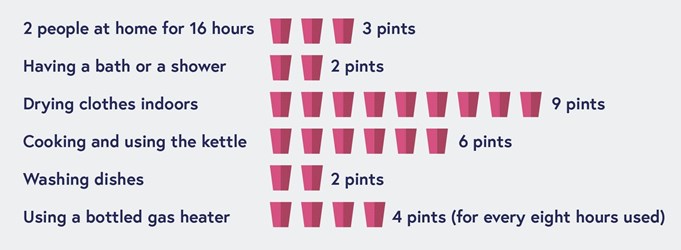

If you're worried about damp in your home get in touch
We can work with you to resolve it
Email: hello@staffshousing.org.uk
Lets get social!
Follow us on social media where we'll regularly share hints and tips on how to keep your home free of damp and mould



